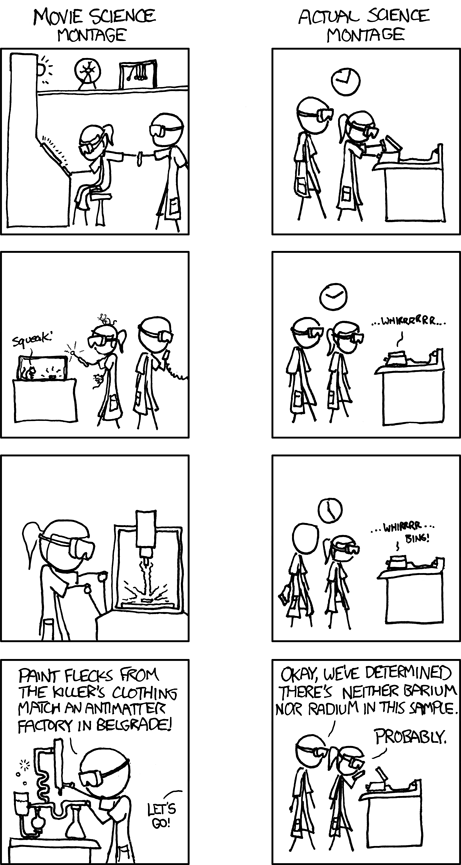 A synergistic, power couple of proteins binding together and triggering a more aggressive, treatment resistant cancer is not a good sign.
A synergistic, power couple of proteins binding together and triggering a more aggressive, treatment resistant cancer is not a good sign.The picture to the left shows API2 and MALT1 binding to NIK. API2 and MALT1 are fused together in certain subsets of lymphoma. The API2 part of this fusion can bind to an enzyme called NIK. When this binding occurs, MALT1 cleaves NIK. This cleaving makes NIK more stable. (credit: University of Michigan Health System)
When NIK is cleaved, the regulatory region is removed. NIK is now an enzyme gone wild. It makes cancer cells that grow very aggressively, spread easily and resist all of the traditional cancer treatments.
The fusion protein is found 30-40 percent of the time in the B-cell type MALT lymphoma which is mucosa-associated lymphoid tissue.
The MALT lymphomas that have this fusion protein have been found to be more resistant to treatment, more aggressive and have larger tumors throughout the body.
NIK cleavage only happens when this fusion protein is bound. Because of this, researchers are looking at NIK as a target for new drug therapies.
click here for the link to this news story and the journal reference.
In the above post I used a hook to get readers interested, used active voice and tried to give the readers a visual via a picture and language of what might be happening during this fusion and subsequent binding.
